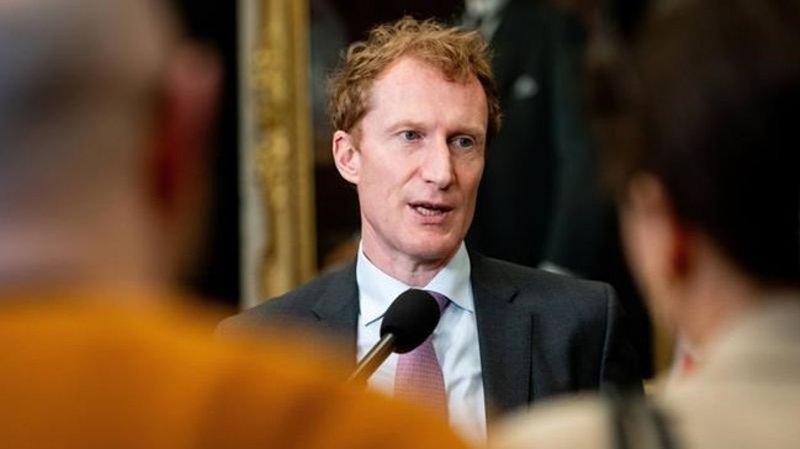
Immigration ministers to meet in Montreal over cuts to temporary visas
OTTAWA — Federal and provincial ministers are meeting in Montreal Friday to hash out how to shrink the number of temporary residents in Canada.
Immigration Minister Marc Miller is expected to meet with his provincial and territorial counterparts in person for the first time since he announced an unprecedented plan to set limits on the number of new temporary residents.
The aim is to rein in Canada’s runaway growth by decreasing the number of temporary residents, from 6.2 per cent of Canada’s population in 2023, to five per cent over the next three years.
The new targets will be developed over the summer, after the provinces and territories have had a chance to weigh in, but labour economist Mikal Skuterud said they shouldn’t be considered in isolation.


